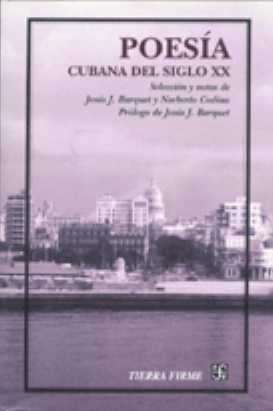4.1 The development of Cuban lyric poetry in the republican context (1900 – 1958)

The era of American domination on the island had distinctive characteristics, as the political situation—charged with frustration and an atmosphere that grew more stifling as American domination consolidated and political and administrative corruption worsened—largely determined the paths of Cuban poetry.
Whether it was rebellion, a need for escape, or an exacerbated intimacy as an alternative to avoiding the social environment, poetry would not escape the neocolonial bias until a transformation of deeper foundations than literature itself occurred, a social revolution that established a new concept of people and also of art.
The early years of the century did not encourage loud voices in either poetry or fiction, partly due to the burden of the war years and the frustrated desire for independence, although this was not yet widely recognized. The figures of Regino E. Boti, Josá Manuel Poveda, and, to a lesser extent, Agustín Acosta, contributed with their individual awakenings to guide the collective steps toward a new direction, one that resumed tradition but with a vocation for its own voice, a true discovery.
The Minorista Group, with its militant political stance and the propagation of the aesthetic principles of avant-garde, fostered the tangential cultivation of this movement, particularly in Manuel Navarro Luna’s work, “Surcos.” However, rather than establishing itself as a creative paradigm, avant-garde contributed to the turmoil of the art, and poetry would drift primarily toward pure poetry, social poetry, and negrista poetry.
These movements also responded to certain attitudes toward the political and social context of Cuba at the time and its oppressive nature. Social poetry and so-called Negrista poetry contributed to the re-evaluation of Cuban identity from its most humble components, the true face of the people.
With the founding of the magazine “Orígenes” and the work of the group that formed its social space, a period of searching for national roots and delving into the international poetic sphere also began, a process of artistic fertilization that brought perhaps one of the most important “harvests” of Cuban poetry, in an area also of political and social struggles for a definitive identity and, at the same time, the solution to the burden of poverty and the dichotomy of society, which would bring new achievements to our lyric poetry from 1959 onwards.








